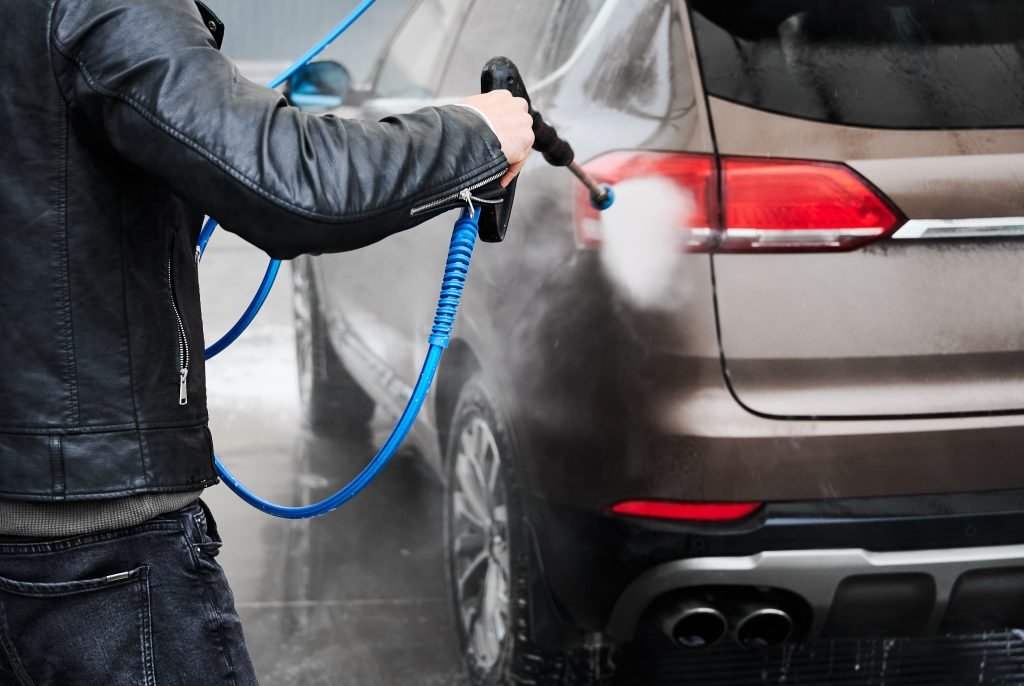Introduction:
With the rise of electric vehicles (EVs) in the automotive industry, there is a growing demand for detailing services specifically tailored to these eco-friendly cars. Detailing an electric vehicle requires unique considerations due to their different components and maintenance requirements. In this blog, we will explore the key factors to keep in mind when detailing electric vehicles.
Specialized Products and Equipment
- Opt for Waterless Wash Products: Since EVs are powered by electricity, it is crucial to avoid water exposure to sensitive components such as the battery pack. Waterless wash products are a safer alternative for cleaning the exterior of an electric vehicle.
- Use Silicone-Free Solutions: Silicone-based products can interfere with the electronic sensors in an electric vehicle. Choose detailing products that are silicone-free to prevent any potential damage.
- Invest in Microfiber Cloths: Microfiber cloths are gentle on the paintwork of an electric vehicle and help prevent scratches. They are also more absorbent than traditional towels, making them ideal for cleaning EVs.
- Consider Ceramic Coating: Ceramic coating provides long-lasting protection for the paint of an electric vehicle. It creates a barrier against dirt, UV rays, and environmental contaminants, keeping the car looking pristine for longer.
Battery Safety Precautions
- Avoid Direct Contact with Battery: When detailing an EV, it is crucial to avoid direct contact with the battery pack. The battery is the heart of an electric vehicle, and any accidental damage can have serious consequences.
- Check for Leaks or Corrosion: Inspect the battery area for any signs of leaks or corrosion. If you notice any abnormalities, it is best to consult a professional to address the issue before proceeding with detailing.
- Avoid Overheating: Be mindful of the temperature when detailing an electric vehicle. Excessive heat can impact the performance of the battery and other electronic components. Choose a shaded area or a climate-controlled environment for the detailing process.
- Use Non-Abrasive Cleaners: When cleaning the battery compartment, opt for non-abrasive cleaners to avoid damaging the sensitive components. Gentle cleaning solutions will help maintain the integrity of the battery and prolong its lifespan.
Charging Port Protection
- Use a Sealant for the Charging Port: The charging port of an electric vehicle is exposed to the elements and can accumulate dirt and debris over time. Applying a sealant to the charging port helps protect it from environmental damage and ensures a secure connection during charging.
- Regular Inspection: Inspect the charging port regularly for any signs of wear or corrosion. Clean the port with a soft brush or cloth to remove any buildup that may interfere with the charging process.
- Avoid Harsh Chemicals: When cleaning the charging port, avoid using harsh chemicals that can corrode the contacts or damage the electrical components. Stick to gentle cleaning solutions to maintain the functionality of the port.
- Keep it Dry: After washing the exterior of the electric vehicle, make sure to dry the charging port thoroughly to prevent water ingress. Moisture can lead to electrical issues and compromise the safety of the charging system.
Conclusion:
Detailing an electric vehicle comes with its own set of challenges and considerations. By using specialized products, following battery safety precautions, and protecting the charging port, you can ensure that your EV remains in top condition. Remember to stay informed about the unique needs of electric vehicles and adjust your detailing techniques accordingly for optimal results.

